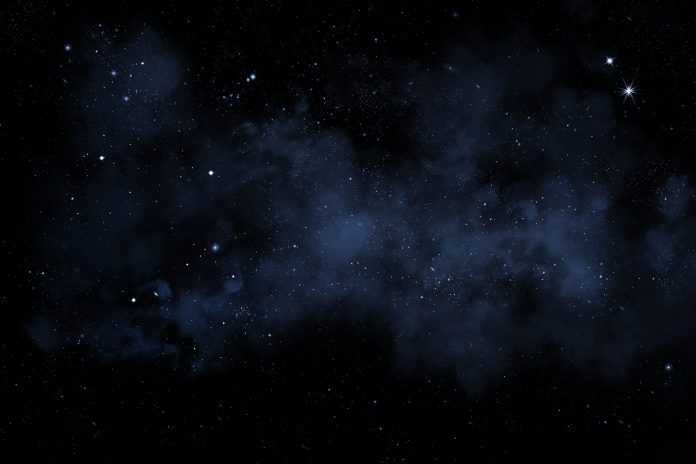A new scientific breakthrough blends science fiction imagery with cutting-edge astrophysics. Astronomers have captured a new image of a distant cosmic jet that resembles the mythical ‘Eye of Sauron’
This deep-space object, known as PKS 1424+240 is a type of active galaxy powered by a supermassive black hole, and it may hold the key to understanding some of the most extreme particle accelerators in the Universe.
Published in the Astronomy & Astrophysics Letters, the discovery explains how this slow-moving object has been one of the brightest sources of high-energy gamma rays and neutrinos for over a decade.
PKS 1424+240 has always confused astronomers, it was known as the brightest neutrino-emitting blazar in the sky, as confirmed by the IceCube Neutrino Observatory, and also radiated intensely in high-energy gamma rays. However, its jet appeared sluggish in radio observations, a surprising trait, since fast-moving jets were previously thought to be necessary to produce such intense energy outputs.
Now, using 15 years of data from the Very Long Baseline Array (VLBA), researchers have created the most detailed image of this jet to date. What they found was a near-perfect toroidal (doughnut-shaped) magnetic field structure, with the PKS 1424+240 jet pointed almost directly at Earth.
Alignment and illusion
This rare alignment, with the PKS 1424+240 jet aimed straight at us, significantly boosts its apparent brightness due to the effects of special relativity. This phenomenon, known as relativistic beaming, amplifies the jet’s emission by a factor of 30 or more. At the same time, because of projection effects, the jet appears to move more slowly than it does. This optical illusion had previously masked the true energetic nature of the jet.
Thanks to this fortunate geometry, scientists were able to look directly into the core of the blazar’s jet, mapping its magnetic field in unprecedented detail. The results point to a tightly wound magnetic structure that plays a crucial role in launching and focusing the jet, and may be the key to accelerating particles to extreme energies.
A milestone for multi messenger astronomy
The discovery confirms that supermassive black holes not only accelerate electrons but also protons, leading to the production of high-energy neutrinos. This finding strengthens the connection between relativistic jets, magnetic fields, and the emission of neutrinos, a cornerstone of the growing field of multi-messenger astronomy, which combines light, particles, and gravitational waves to study the Universe.
This breakthrough is a major success for the MOJAVE program, a decades-long initiative using the VLBA to study active galactic nuclei and their powerful jets. It also marks a key milestone for MuSES (Multi-messenger Studies of Energetic Sources), an international project dedicated to understanding how extreme cosmic accelerators work.
Technology behind the image
The VLBA consists of ten radio antennas across the United States, including Hawaii and St. Croix. By linking them through a technique called Very Long Baseline Interferometry (VLBI), astronomers can create images with clear resolution, capable of seeing details smaller than a milliarcsecond, or roughly the apparent size of a car’s headlights as seen from the Moon.











